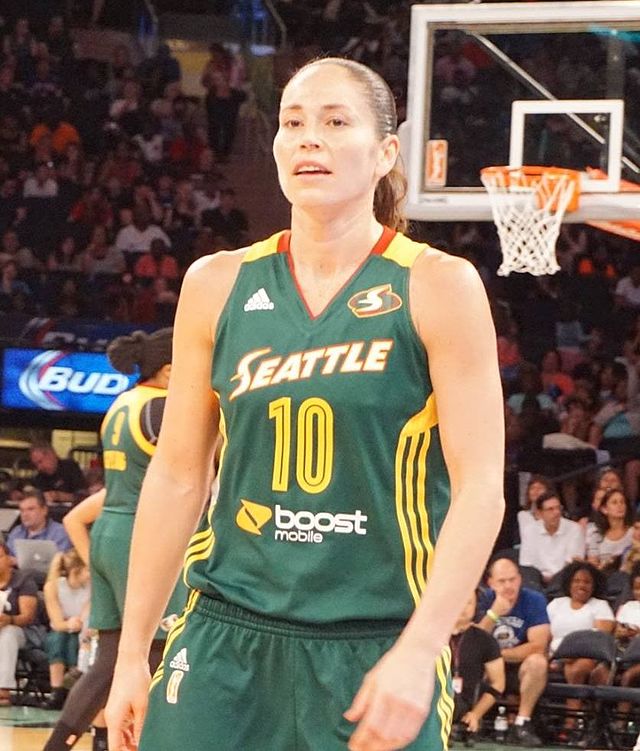During the 2021–22 season, the current average salary of a WNBA league player was $102,751. Comparatively, NBA players in the same season clocked in at a cool median salary of $7.3 million dollars. Regardless of how both leagues contain the United States’ top performing athletes in basketball, WNBA players went on to complete a full season making 71 times less than their male counterparts. Is the pay discrepancy between the leagues warranted? What will it take for WNBA players to receive the benefits that NBA athletes enjoy?
FINANCIAL BARRIERS TO RAISING PLAYERS’ SALARIES
Understanding why the WNBA has a record of paying their players significantly less than the NBA requires careful attention to their revenues. According to the World Sports Network, after examining the pay gap between the two leagues, the numbers showed that the NBA averages around 7.4 billion dollars, while the WNBA sits at an average revenue of 60 million. A whopping 7.3 billion dollar revenue difference is therefore required to create equal pay opportunities possible. This financial disparity made a world of difference for NBA players, endowing them with a level of professional and personal opportunities which remains inaccessible to WNBA players.
While salaries, taxes and additional pay-outs are core parts of how that revenue is used, the WNBA notably differs from the NBA in how it still struggles to turn a profit. In 2018, NBA Commissioner Adam Silver commented on their financial status to the Associated Press, saying that, “the WNBA was losing $10 million a year.” Considering that the WNBA has had 50 fewer years than the NBA to iron out problems in its business model, the absence of a steady and comparable profit is not surprising. However, it does leave observers questioning what methods the WNBA will need to independently employ to rise to the levels of revenue turnover that the NBA has achieved.
WNBA PLAYERS RETHINK REVENUE DISTRIBUTION
WNBA players understand that a public conversation about higher pay for WNBA players is rife with controversy, which is why when Kelsey Plum, Las Vegas Aces star, was asked about her thoughts on the matter, she was direct and articulate about ameliorating the narrative. Plum stated, “We’re not asking to get paid what the men get paid … we’re asking to get paid the same percentage of revenue shared.”
Plum labeled the controversy a “huge misconception,” advocating for herself and other WNBA players that replicating exact NBA salaries is not what they want. She continued in her interview, “I don’t think I should get paid the same as LeBron … but the percentage of revenue — like for example: they sell my jersey in Mandalay Bay, I don’t get a dime. So that’s the stuff we’re talking about.”
With NBA players currently receiving 50% of shared revenue and WNBA players only seeing 20% of shared revenue, Plum’s call to let WNBA players receive a greater percentage of revenue could be a positive step toward growing the players’ financial landscape.
Sue Bird, NBA star and four time Olympic gold medalist, backs Plum’s sentiments in a separate interview and adds her own take.
“I don’t think we should get the same money as NBA players,” Bird said. “People think that [is what we mean] when we say things like ‘we want equality.’” Instead, Bird advocates for opportunities to build the WNBA as a business, beginning with more important things than salary, like investment and exposure.
WHAT LIES AHEAD
Bird and Plum both argue that with improved revenue distribution, the WNBA could evolve to become more self-sustainable, profitable and would give the league a better chance of boosting its popularity in main-stream sports. They also both provide reminders that the conversation about increasing what the WNBA should pay players is far more complex than a mere difference in dollars.
Outside of the funding available to both teams, differences lie in media coverage, opportunities, TV contracts and corporate sponsorships. These are not areas that will change overnight, but with upcoming 2025 contract negotiations, the WNBA grows closer to opportunities to expand the enterprise and increase support to its talented athletes.












